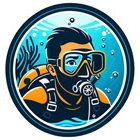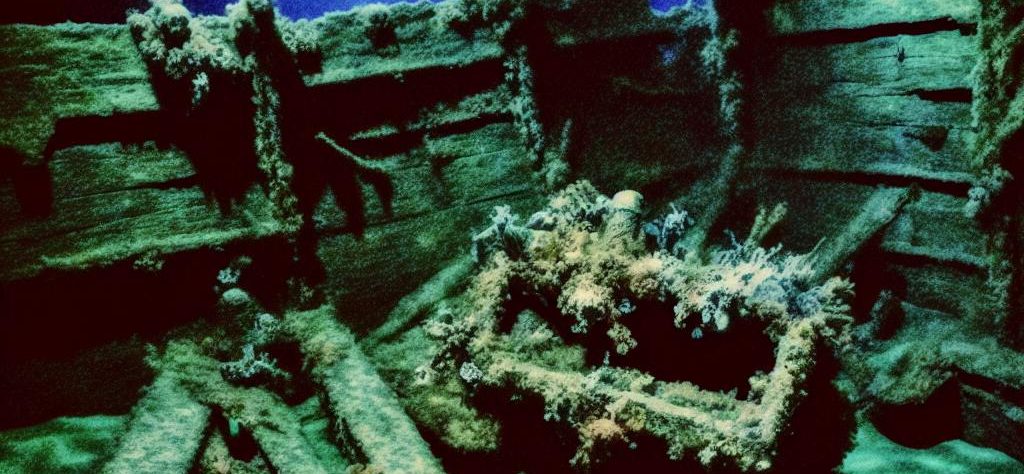Understanding the Basics of Wreck Diving in the Philippines
The Philippines, with its rich maritime history and abundant marine biodiversity, offers a unique haven for wreck diving enthusiasts. This exhilarating underwater activity allows divers to explore historical maritime relics as well as modern-day shipwrecks. These underwater sites not only provide a glimpse into history but also serve as thriving artificial reefs teeming with marine life. However, diving into these mysterious underwater worlds requires careful preparation and an understanding of specific conditions and guidelines to ensure a safe and rewarding experience.
Pre-Dive Preparation
Engaging in wreck diving begins long before you descend into the water. Adequate preparation is crucial to ensure safety and maximize the diving experience. Here are some essential considerations:
Certification and Skill Assessment
Before you even think about strapping on a diving tank, it is important to be properly certified and experienced enough for the dive conditions you will face. The dive sites in the Philippines vary significantly in terms of depth and other challenging characteristics. Divers should ensure that their site selection aligns with their diving skills and experience levels. This not only guarantees safety but also enhances the enjoyment of the dive.
Check Equipment Thoroughly
The importance of having properly functioning equipment cannot be overstated in wreck diving. Divers should meticulously check each piece of gear from diving computers and regulators to buoyancy control devices. Ensuring tanks are filled with the appropriate gas mix tailored to the dive profile is critical for safety. An underwater torch is highly recommended, as wreck interiors can be dark and disorienting due to their enclosed spaces and unpredictable light conditions.
Assess Weather and Water Conditions
The tropical climate of the Philippines means that weather conditions can shift quickly, influencing water conditions and visibility under the surface. Local dive operators are valuable resources for obtaining up-to-date weather information, allowing divers to plan their expeditions accordingly. Consider the sea’s current state and visibility as pivotal factors in determining the suitability of a wreck diving session.
Participate in a Dive Briefing
Dive briefings serve as a crucial component of pre-dive preparation. Local dive guides typically conduct these briefings, providing indispensable information about the specific wreck, including its layout, entry and exit points, and potential hazards. An understanding of emergency procedures and communication methods is also conveyed, giving divers confidence in responding to unexpected situations.
During the Dive
Once preparation is complete and you’re ready to explore, adhering to established safety protocols is paramount. During the dive, several guidelines need to be followed to ensure safety and preserve the underwater environment.
Maintain Proper Buoyancy
Maintaining proper buoyancy is essential for preventing any accidental contact with the delicate structures of the wreck and avoiding the disruption of sediment. Stirring up sediment can severely impact visibility and diminish the overall diving experience. Practice buoyancy control to navigate through the wreck responsibly and respectfully.
Adhere to Dive Plans
One of the keys to a successful dive is adhering to the planned dive profile, which includes depth, duration, and any necessary decompression stops. Divers should operate within their certified depth limits and have a constant awareness of their air supply throughout the dive. Ascending slowly and practicing safe ascent techniques reduce the risks associated with rapid changes in pressure, such as decompression sickness.
Exercise Caution with Wreck Penetration
Not all wrecks are suitable for penetration. The structural integrity of some shipwrecks may be compromised, posing safety risks to divers. Only engage in penetration if the wreck is verified as stable and within the scope of your certification and expertise. For those venturing inside, using a line reel is advised to avoid getting disoriented within the often labyrinthine interiors.
Respect Marine Life
Wrecks serve as ideal artificial reefs, attracting a rich diversity of marine life. While observing these fascinating ecosystems, it is imperative to avoid touching or disturbing marine organisms, both for their safety and yours. Some species can be hazardous or easily damaged by human interaction, underscoring the importance of respectful observation.
Post-Dive Safety
Even after surfacing, post-dive safety measures continue to be important to close out the diving experience on a high note.
Equipment Rinse and Reflection
Conduct a thorough rinse of your dive equipment to eliminate salt water and other residues that can negatively impact gear performance over time. This step is vital for maintaining the longevity and reliability of your equipment. Reflecting on your dive, share and discuss any experiences, notable changes, or challenges encountered with your diving companions for collective learning and improvement.
Log Your Dive
Recording the details of your dive, including site conditions and observed marine life, greatly aids in both personal improvement and the broader diving community’s knowledge base. Maintaining a dive log offers valuable insights for future dives and contributes to documenting the dynamic conditions of wreck sites.
For those eager to learn more about the many dive sites and conditions unique to the Philippines, consider reaching out to local dive centers or reputable diving organizations. Engaging local professionals with extensive knowledge can significantly enhance the safety and enjoyment of your wreck diving pursuits. Such collaboration not only ensures a safer dive but also enriches your understanding of this fascinating underwater adventure.

